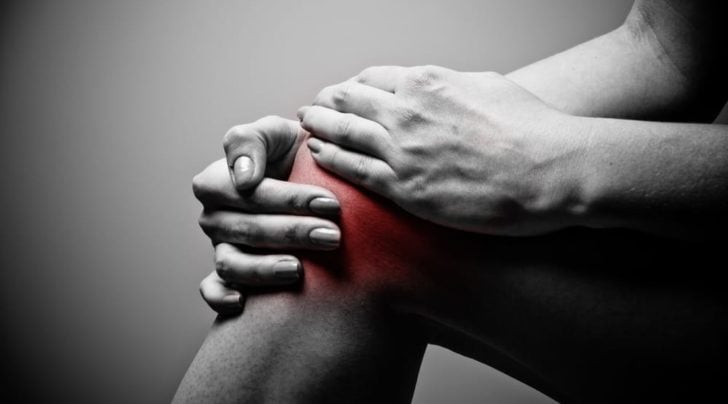
Severe pain on the inner or medial side of the knee can be disabling. Many people with terrible pain on the inner or medial side of the knee do not recall any injury. There’s often a similar story or history given by our patients with regard to the onset of severe knee pain.
One day you felt a click or pop in your knee. A few days later you can barely walk. You are usually between 45 and 75 years of age. After kneeling, or squatting to pick something up, you felt a pop inside your knee. You have some pain in the knee, but immediately after the pop, it wasn’t terrible pain. The next day the pain is worse, and the strain on the inner part of your knee continues to worsen to the point that you can not walk. Now your knee starts to swell. Why has the pain on the inside of your knee further exacerbated over the last few days?
Although not described as a terrible triad in the scientific literature, over my 20 years of experience I have heard this story often enough to know what the list of diagnoses will be in this situation. After speaking with you for a few minutes and a brief exam, the diagnosis is often clear. The triad of issues that arise in this situation is a common cause of severe medial knee pain or pain on the inner side of your knee in people between 45-75 years of age.
Your knee MRI will often show a:
- Root tear (Radial tear) of the medial meniscus
- mild or moderate knee arthritis
- bone marrow edema, or an insufficiency fracture in the inner part of the knee.
Those three findings on your MRI are related to one another… in other words, these 3 findings are associated with one another. These three findings are what I refer to as the Terrible Triad of (medial) knee pain. It is an under-recognized set of issues and it is often poorly understood by patients I see for second opinions.
The Terrible Triad: Part I – Meniscus Root Tear
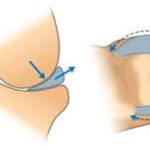
The Terrible Triad: Part II- Osteoarthritis of the knee
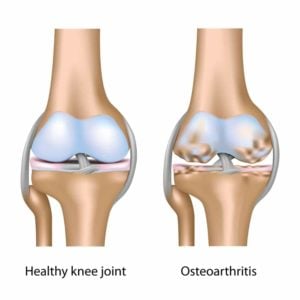
The Terrible Triad: Part III- Insufficiency fracture
It follows that if you tear the root of the meniscus the stress in the knee increases. You already have arthritis, so the cartilage cushion was thin and less protective. All of this causes an increase in the pressure within the bones in the knee. In many of you that will lead to a stress fracture or an insufficiency fracture. Those insufficiency fractures of the knee cause a ton of inflammation which shows up on an MRI as bone marrow edema. It takes at least 1-3 days or more for the stress fracture to occur following a root tear. That’s why the pain worsens over the next few days after you felt the pop.
The bone marrow edema caused by the insufficiency fracture causes severe pain. The meniscus is not the most likely cause of pain in this situation. Bone is a confined space, and it can not expand. If you have inflammation and swelling in the bone, then the pressure in the bone will increase. That’s why an infected tooth hurts so much, that infection is in a tight space, so the pressure rises, and it is the pressure that hurts so much.
The terrible triad hurts a lot. That usually leads to a visit to your doctor or an Orthopedic Surgeon. An MRI reveals the findings I mentioned earlier.
Treatment of The Terrible Triad of Medial Knee Pain
Most of you who have all three of the findings I mentioned above will usually have very severe pain. For some of you, your Doctor will focus only on the meniscus and recommend surgery to remove the torn meniscus.
That is not recommended as the best way to proceed if you have a degenerative root tear in the presence of osteoarthritis and bone marrow edema. If your doctor recommends surgery to “clean out” the knee, the research shows that the operation often fails to alleviate your pain, and increases your risk of needing a knee replacement.
Why does your knee hurt so much! It is often the bone marrow edema or inflammation in the bone from the stress reaction or insufficiency fracture which is causing your pain. Usually, time and limiting weight-bearing can improve that pain. It may take 1-3 months for the pain to subside. A subchondroplasty for bone marrow edema may help some people feel better. Determining who might benefit is often a challenge. And infections or complications from a subchondroplasty can be hard to manage.
Meniscus root repairs for severe medial knee pain
In a knee with mild arthritis and persistent pain due to a root tear of the medial meniscus, a repair of the meniscus root should be considered. Make sure that your Orthopedic Surgeon knows how to perform meniscus root repairs. They are not easy to perform, and some surgeons only remove these torn pieces. During a root repair, the meniscus is sutured back to its attachment in the bone.
Focusing on meniscus preservation and restoration of more normal force distribution will offer you the best chance of long term success. If the arthritis is moderate to severe and your pain persists despite rest and limited weight-bearing, then a knee replacement might prove to be your better option.
The bottom line is that treatment recommendations need to be individualized to improve your chance of success and minimize the risk of worsening arthritis or the risk of having unnecessary surgery.
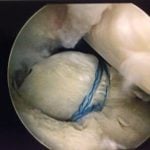


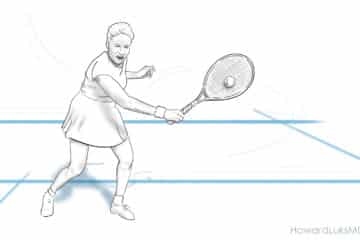


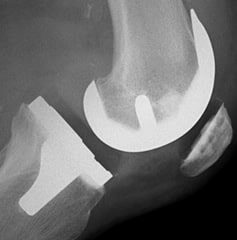




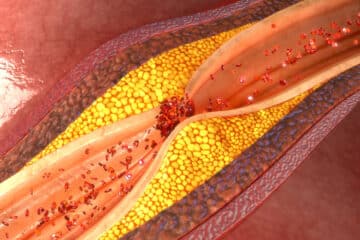

Aloha Dr. Luks,
I am 67 and have run for over 30 years. Three years ago a surgeon said I needed a knee replacement. I didn’t have it and now have a new problem. I had an X-ray, then an MRI of my left knee. I went back to the surgeon who told me I had a bruised bone? The MRI showed some subchondral degenerative signal in the distal femur. Also small partial-thickness cartilage fissure, Tear of the free margin of the mid body of the medial meniscus. Indistinct tear versus meniscal contusion at the junction of the mid body and posterior horn of the medial meniscus. The surgeon said I didn’t have a tear? Why would the MRI findings say other? Thank you in advance for your very informative website, and all your help!!
Sincerely,
Sue Hahn
HI Sue…
THose degenerative tears are rarely a problem and often do not respond well to surgery. There is also a fairly high risk of becoming worse after meniscus surgery in a degenerative knee. Sometimes if docs use the term bruised bone they mean bone marrow edema. I also elaborate on it further on this post. That may or may NOT be the source of your pain… I can only tell after a good examination.
Great blog.Thanks for sharing this information with us.
The pain described in the beginning of this article almost exactly described what I have experienced. The only exception being instead of a initial click or pop in the knee it was more of a feeling of a bad cramp in the back of the knee that would not go away. After this the next day the knee pain was worse, swelling followed and the pain moved to the inside of the knee. I have dealt with it in the hopes that it would eventually heal itself but it has been difficult. Just curious how often you have heard the initial pain described as a cramp like feeling.
Thanks for the information, greatly appreciated.
HI John…
I have heard patients describe the initial event in many different ways. A good exam and perhaps an Xray and MRI will tell you if the root of the meniscus is torn, and if there is bone marrow edema (inflammation) present.
Good luck !
Sure appreciate your article and your responses to the comments. Also appreciate your philosophy about educating patients so that they can actively participate in decisions about their health care… wish more medical providers felt same way :>) Thank you!
THank you so much Lynne !!
Dr. Howard J. Luke, can’t thank you enough for sharing such excellent professional information and opinions which one must pay lots of money for in our time. You make me feel there’s still hope in humanity.